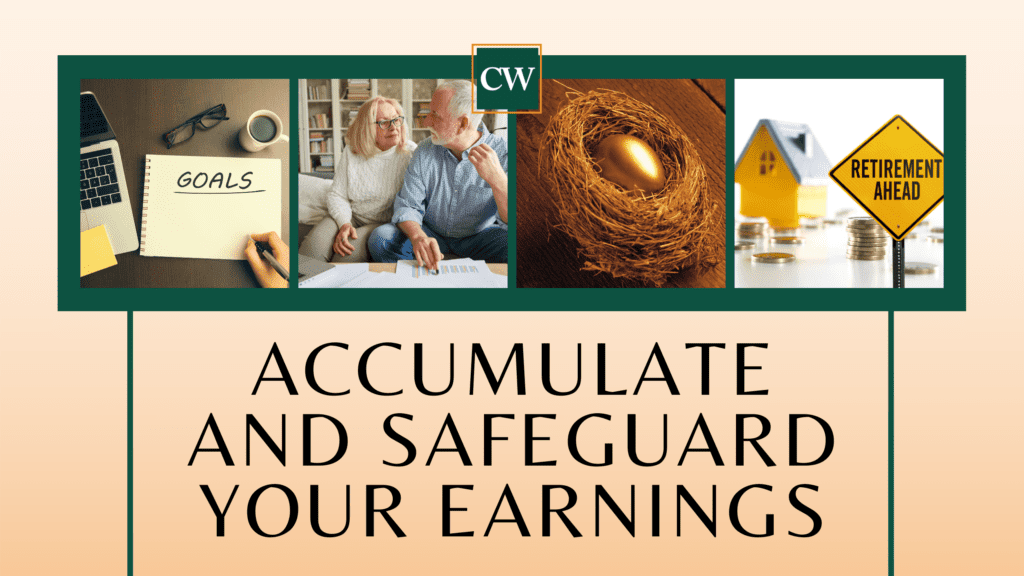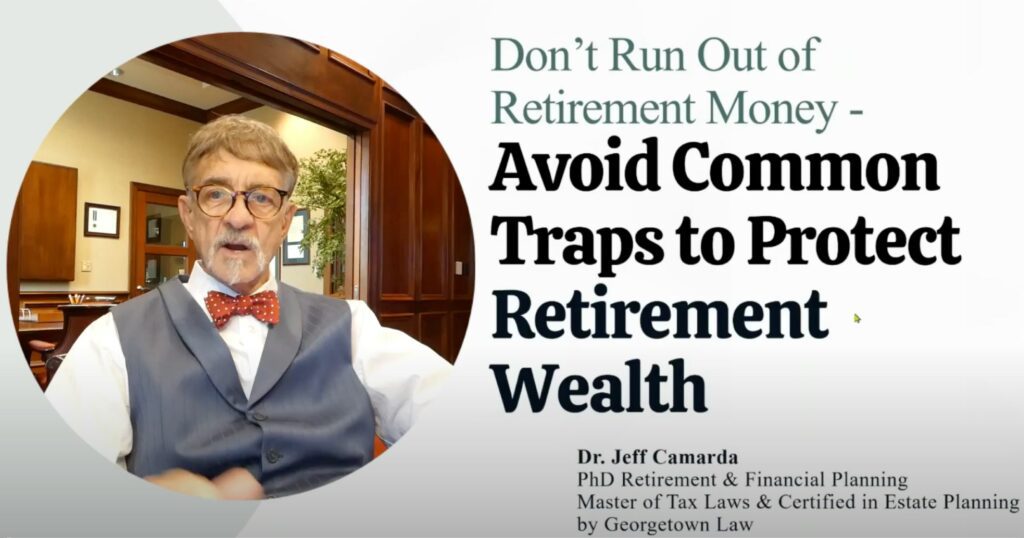Join us for our free webinar on advanced asset protection planning, and learn to fortify your family and business wealth before lawsuits or other threats emerge that can wipe you out or put a big dent in your retirement, legacy and other family wealth plans!
In today’s lawsuit-happy landscape, the threat of losing wealth to lawsuits, creditors, divorces or other financial predators looms larger than ever before. With the advent of increasingly snoopy tech, our financial information is more exposed and vulnerable than ever. This ease of targeting makes our assets tantalizingly easy targets for those with ill intent. And with the rapid advancement of AI, this vulnerability is only set to intensify over time.
Asset protection, therefore, becomes paramount—an art form dedicated to fortifying our wealth against loss. There are two fundamental tiers to asset protection planning.
The first tier revolves around ensuring robust levels and types of liability insurance coverage. It’s imperative to close any gaps in coverage and ensure all potential exposures—be it through businesses, real estate holdings, or personal assets like vehicles—are adequately protected. Umbrella policies, both personal and business, are often employed to extend liability limits and should be tailored to reflect a family’s net worth. Regular reviews with an astute advisor well-versed in these matters are essential to maintaining a watertight defense.
The second tier involves structural planning, focusing on how assets are titled and organized within various entities. Simple tactics, such as opting for tenancy by the entirety in states that permit it, can provide added protection by requiring both spouses to be successfully sued to access the wealth. However, more comprehensive strategies yield greater rewards. Utilizing vehicles like LLCs with carefully crafted ownership structures and operating agreements can offer significant safeguards for assets ranging from bank accounts to real estate holdings. The distinction between LLCs and corporations is often overlooked but can have substantial implications for asset protection, particularly for business owners. The key is something called “charging order protection” – COP – which means that if a judge issues a charging order against your wealth in the LLC, the wealth is protected so long as it stays in the LLC. To make an effective COP LLC – which we call Asset Protection Family Holding Companies – you have to pick the right state, since LLCs are based on state law and many if not most states have weak asset protection laws. It is also important that the LLC documents contain the right recipe to activate asset protection – many if not most don’t, event those drawn by CPAs and attorneys. It is vital an attorney familiar with the nuance of asset protection law be used.
Even basic steps, when implemented with expert guidance, can address the majority of asset protection needs. For more intricate scenarios, techniques like equity splitting and trust layering, as well as the utilization of out-of-state and international entities, can erect formidable barriers against asset seizure.
The crux of asset protection planning lies in a dual-pronged approach. The first prong leverages cost-effective insurance to dissuade adversaries’ legal pursuits, enticing them to opt for swift settlements. The sharper prong involves the strategic implementation of legal structures that render pursuing claims against assets prohibitively arduous, expensive, and time-consuming. By charting a path of maximum resistance well in advance of any threats, potential predators are steered away from the treasure, deterred by the formidable defenses in place.
In essence, asset protection planning is about preemptively crafting a roadmap that deters attacks and safeguards wealth, ensuring that even in the face of adversity, our financial fortresses remain formidable.
At its core, asset protection is the strategic maneuvering to make seizing your assets more trouble than they’re worth. The goal is to arrange things so that the effort and expense required to obtain and enforce a judgment exceed the potential gains, prompting predators to relent or settle for far less than they sought. This involves creating a careful system of divisions and layers. Instead of presenting a neat pile of cash naked on the table and ripe for the taking, your wealth is dispersed across critical structures and effective barriers.
For many individuals, effective planning can achieve this level of protection with relative simplicity.
One critical caveat: effective asset protection planning must precede any perceived threat. Undertaking it beforehand constitutes prudent planning; however, initiating it after becoming aware of a potential threat risks being deemed a “fraudulent conveyance.” Such actions are likely to be invalidated by a judge and may even lead to legal repercussions. While there are strategies available for those already embroiled in disputes, they are typically more intricate and uncertain.
Therefore, the wise approach is to strategize and implement protective measures before any hint of trouble arises. Since many asset protection techniques align with estate planning principles, combining asset protection planning with an estate planning review can significantly enhance overall effectiveness.
To learn more about the nuts and bolts of protecting your family wealth, watch the free class!
The above content was prepared by a third party and provided to you by Camarda Wealth Advisory Group (“CWAG”) for educational and/or informational purposes only. Third party content providers may include unaffiliated individuals/entities or affiliated individuals/entities, including Dr. Jeff Camarda, The Wealth Doctor, TaxMaster™, and Family Wealth Education Institute (“FWEI”). Camarda does not make any representations or warranties as to the accuracy, timeliness, suitability, completeness, or relevance of any information prepared by any unaffiliated third party, whether linked to the Camarda.com website or incorporated herein, and takes no responsibility therefor. You may receive offers from affiliated entities by engaging with their content or clicking into the websites of affiliates. You are not obligated to accept the offers or services or engage with any of our affiliated professionals or entities.
Please remember that past performance may not be indicative of future results. Different types of investments involve varying degrees of risk, and there can be no assurance that the future performance of any specific investment, investment strategy, or product (including the investments and/or investment strategies recommended or undertaken by CWAG), or any non-investment related strategy, structure, or technique, made reference to directly or indirectly in this commentary will be profitable, equal any corresponding indicated historical performance level(s), be suitable for your portfolio or individual situation, or prove successful. Due to various factors, including changing market conditions and/or applicable laws, the content may no longer be reflective of current opinions or positions.
Moreover, you should not assume that any discussion or information contained in this commentary serves as the receipt of, or as a substitute for, personalized legal, accounting, tax, insurance, or investment advice. To the extent that a reader/viewer has any questions regarding the individual applicability of any specific issue or topic discussed, he/she is encouraged to consult with the professional advisor of his/her choosing. CWAG is neither a law firm nor a certified public accounting firm and no portion of the content should be construed as legal or accounting advice.
Please remember that if you are a CWAG client, it remains your responsibility to advise CWAG in writing if there are any changes in your personal/financial situation or investment objectives for the purpose of reviewing/evaluating/revising our previous recommendations and/or services, or if you would like to impose, add, or to modify any reasonable restrictions to our investment advisory services.




